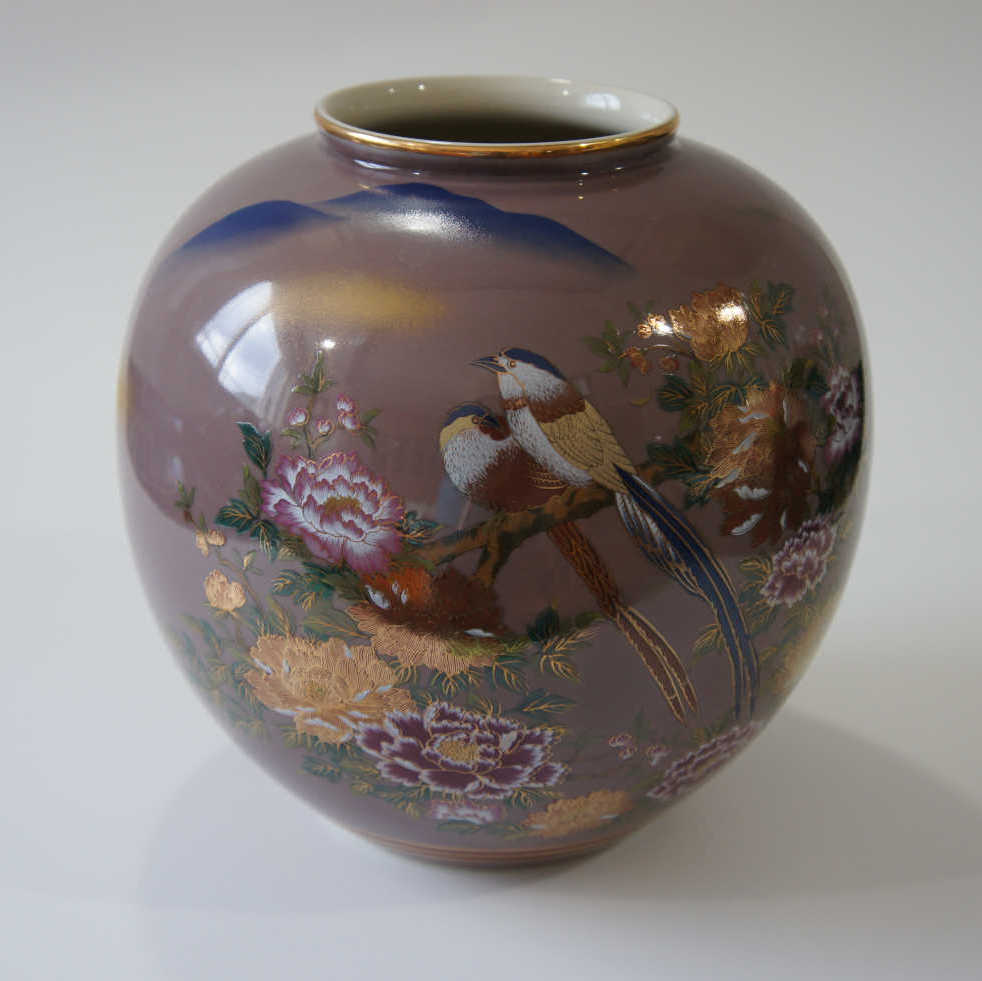Kutani
Kutani ware is a type of Japanese pottery with a rich history and distinctive characteristics. Its origins date back to the 17th century in the region of Ishikawa Prefecture, Japan. The history of Kutani ware is marked by periods of flourishing production as well as times of decline and revival.
During the Warring States period, ceramics were produced to meet the demands of samurai and feudal lords for tea ceremonies and daily use. The patronage of the Kaga domain’s lord, Maeda Toshiie, played a significant role in the development of Kutani ware, particularly in the realm of tea ceremony utensils.
In the middle of the Edo period, production of Kutani ware flourished under the protection of the Kaga domain, and distinctive techniques such as Kutani painting and gold leaf application were developed. In the Meiji period, modern production techniques were introduced, and Kutani ware began to enter international markets, undergoing further transformations.The manufacturing process of Kutani ware combines traditional methods with modern technology. After firing, the pieces are decorated with painting, gold leaf application, carving, and other decorative techniques, often employing traditional Kutani painting and gold leafing methods.
Decorated pieces are fired again at lower temperatures to set the decorations firmly into the surface.The clay used in this ware is mainly sourced from the local soil. By skillfully combining these materials, artisans create the beautiful pieces characteristic. In our site, you can buy brand new,second handed and vintage.

